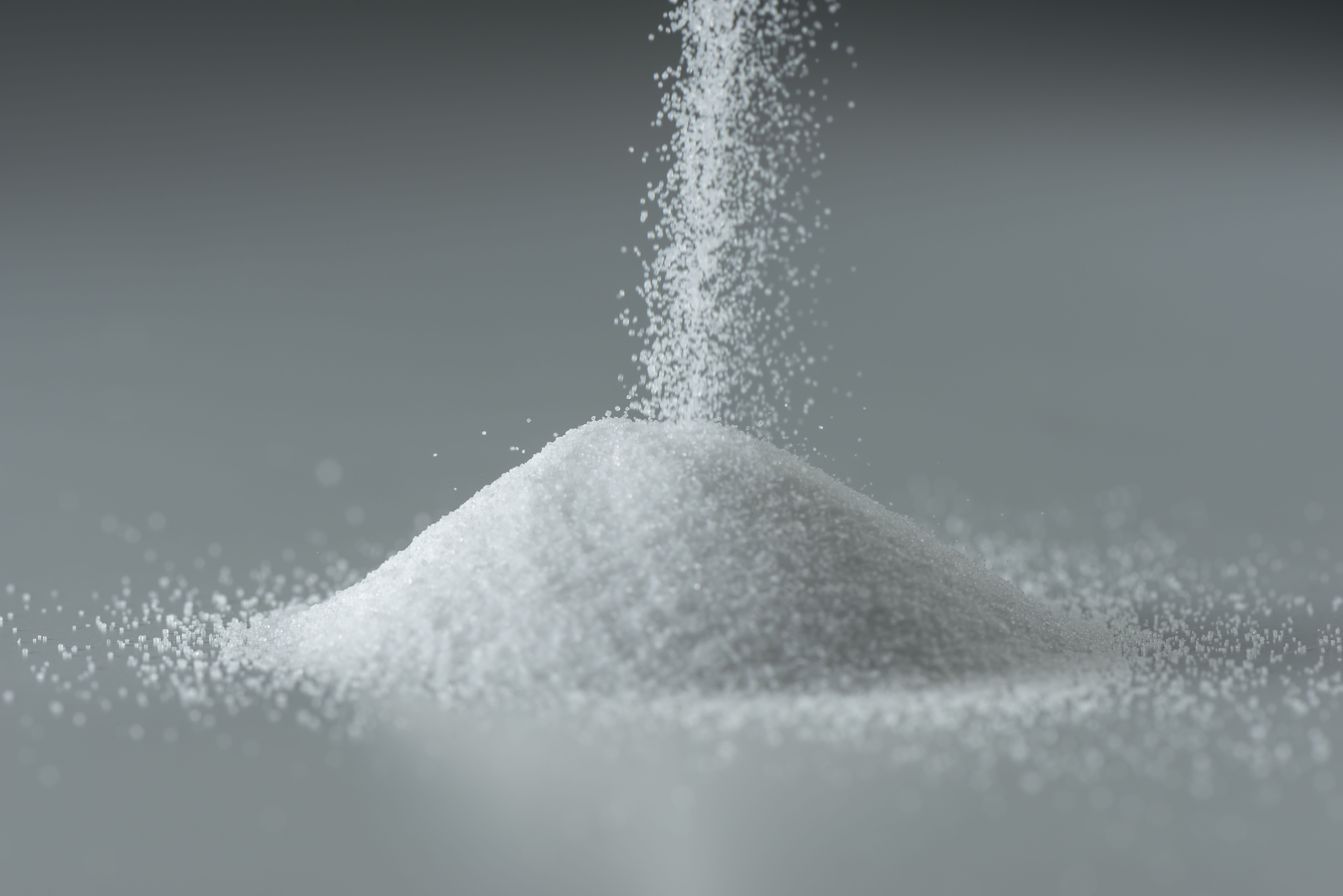- Clinical Technology
- Adult Immunization
- Hepatology
- Pediatric Immunization
- Screening
- Psychiatry
- Allergy
- Women's Health
- Cardiology
- Pediatrics
- Dermatology
- Endocrinology
- Pain Management
- Gastroenterology
- Infectious Disease
- Obesity Medicine
- Rheumatology
- Nephrology
- Neurology
- Pulmonology
FDA to Food Industry: Cut Sodium in Processed and Packaged Foods
The US Food and Drug Administration (FDA) issued new guidance urging the food industry to voluntarily decrease the amount of sodium in packaged, processed, and prepared foods by 12% over the next 2.5 years, according to the agency’s October 13, 2021 press release.
©kei u/stock.adobe.com

“As a nation, we are facing a growing epidemic of preventable, diet-related conditions like cardiovascular disease, diabetes and obesity, and the agency’s work in this area has become even more urgent,” said acting FDA Commissioner Janet Woodcock, MD, and Susan Mayne, PhD, director, Center for Food Safety and Applied Nutrition, in the statement. “For these reasons, we’re taking a critical step to further address preventable diet-related chronic diseases and advance health equity that we hope will become one of the most significant public health nutrition interventions in a generation.”
The new guidance seeks to reduce average sodium intake from approximately 3400 mg to 3000 mg daily during the next 2.5 years. This reduction target is aimed at food manufacturers, chain restaurants, and food service operators for items such as canned vegetables, cheeses, breads, and poultry, according to materials the FDA issued along with the guidelines.
“Limiting certain nutrients, such as sodium, in our diets plays a crucial role in preventing diseases like hypertension and cardiovascular disease that disproportionately impact racial and ethnic minority groups,” continued Woodcock and Mayne. “The ongoing COVID-19 pandemic has only amplified these health disparities and the need for improved nutrition, as people with cardiovascular disease and other underlying conditions are at increased risk for severe outcomes from COVID-19.”
While the average sodium intake of 3000 mg per day would still be higher than the currently recommended daily limit of 2300 mg for persons aged ≥14 years, “even these modest reductions made slowly over the next few years will substantially decrease diet-related diseases,” stated Woodcock and Mayne.
According to the FDA, Americans consume 50% more sodium than recommended, and over 95% of children aged 2 to 13 years surpass the recommended limits of sodium for their age groups.
Although consumers may want to reduce their sodium intake, approximately 70% of the sodium Americans eat comes from packaged, processed, and restaurant foods, according to the press release. “Changes across the overall food supply will make it easier to access lower-sodium options and reduce intake even in the absence of behavior change,” stated Woodcock and Mayne.
Additional voluntary reductions to sodium are likely forthcoming, according to the press release. In the interim, the FDA intends to monitor how the impacted manufacturers are complying with the new guidance.
“This iterative approach will help support gradual reductions in sodium levels broadly across the food supply so that consumers’ tastes adjust, health outcomes improve and no one company or category of food is singled out or scrutinized,” stated Woodcock and Mayne.
FDA Approves Updated Indication Statement for Upadacitinib in Inflammatory Bowel Disease Treatment
October 14th 2025FDA approves updated indication for upadacitinib in ulcerative colitis and Crohn disease treatment, allowing use after one systemic therapy when TNF blockers are clinically inadvisable.
